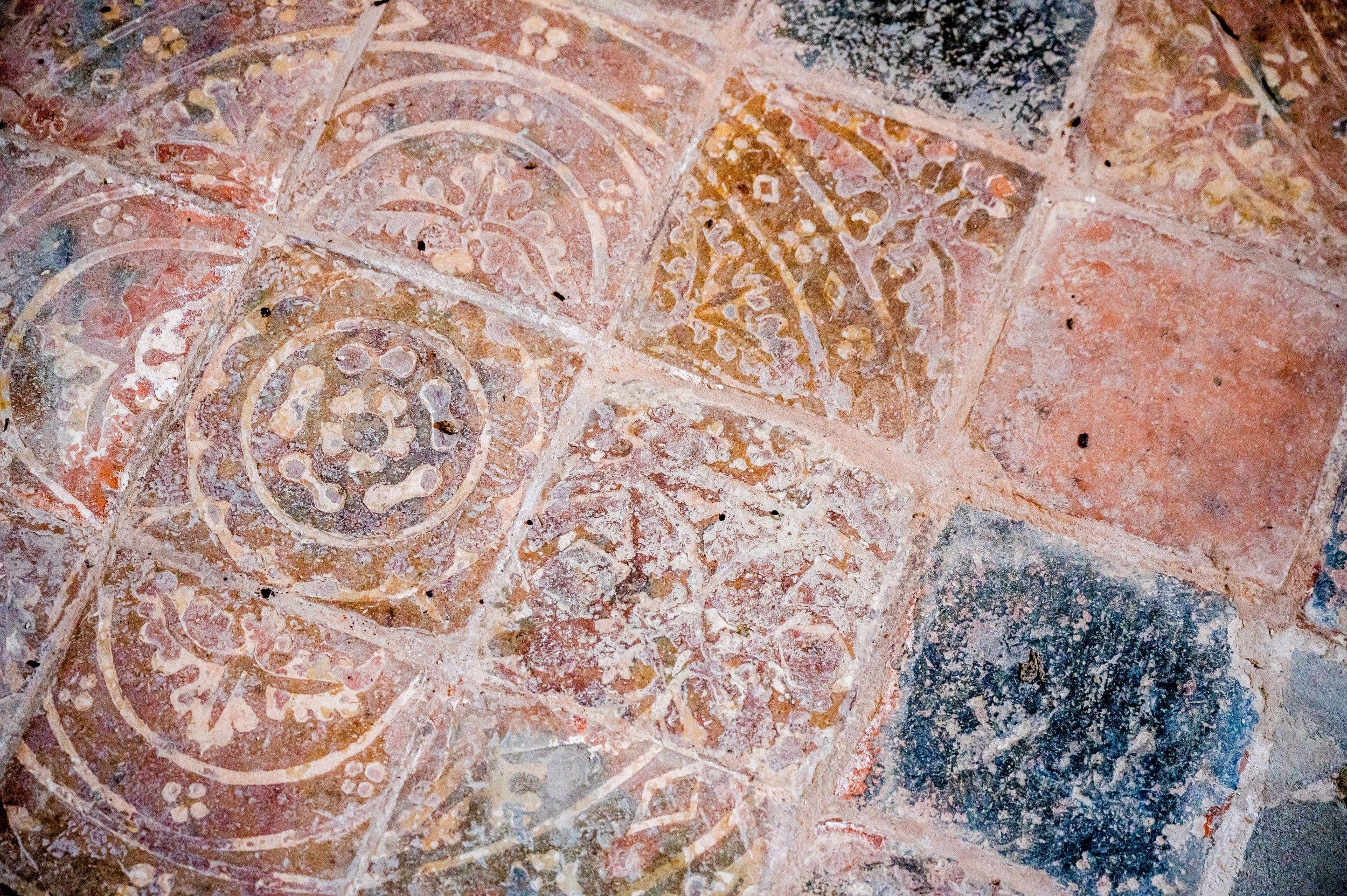St Stephen
Etton, Cambridgeshire
A pure unaltered 13th century Early English Cambridgeshire church with broached spire.

St Andrew’s is a 12th century church at the heart of Northborough, known for its rich history, deep heritage, and ongoing mission.
Northborough, Cambridgeshire
St Andrew’s Church, part of the 9 Bridges Benefice, stands at the heart of Northborough as a place of worship, mission, and welcome. With continuous Christian ministry since 1241, it has long been a spiritual home for the local community and a witness to centuries of faith in action.
Originally built in the 12th century, the church has a rich and distinctive history. It is affectionately known as “the Church of the Two Widows” due to the burials of Elizabeth Cromwell, widow of Oliver Cromwell, and Martha Clare, widow of the “Peasant Poet” John Clare, within its grounds. These notable connections reflect the church’s deep roots in both national and local heritage.
A striking feature of the church is its large 14th century chantry chapel, an elegant blend of Late Decorated and Perpendicular architecture. Once known as the De la Mare Chapel, it later became the Claypole Chapel, named after the family of Sir John Claypole, who married Oliver Cromwell’s daughter, Betty. The Claypole family lived at nearby Northborough Manor, and some members later emigrated to Pennsylvania in the 17th century. Their descendants continue to maintain a warm and supportive connection with St Andrew’s to this day.
Today, St Andrew’s is not just a historic building but a living church, gathering people for worship, reaching out through mission, and offering a space for prayer, community, and service. Whether through Sunday services, seasonal celebrations, or local outreach, the church remains a vibrant centre of Christian life, shaped by its past and committed to the future.
Etton, Cambridgeshire
A pure unaltered 13th century Early English Cambridgeshire church with broached spire.
Barnack, Cambridgeshire
The name Barnack is synonymous with a particularly fine building stone. and it was used in hundreds of buildings in this area and much further afield, transported by boat on the Welland, Nene and other rivers.
Crowland, Lincolnshire
A giant splinter of masonry clings to the side of the church here. Apart from the north aisle, which has been the parish church since the 15th century, it is all that remains of the great abbey church and its buildings that once stood on this site.